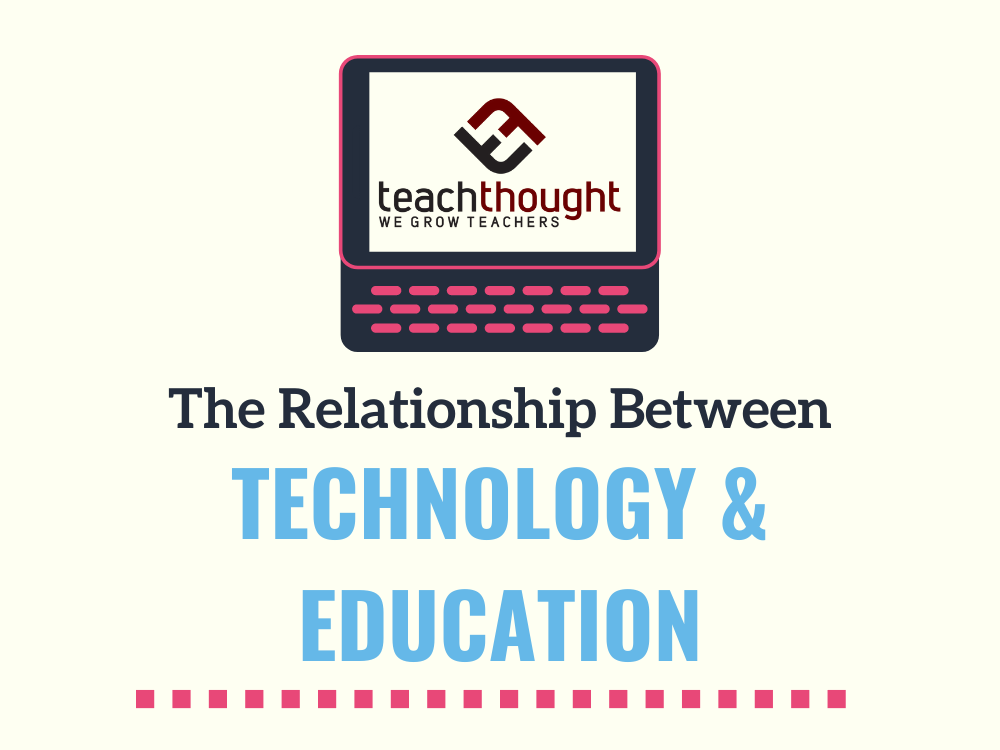
4 Stages And 4 Effects Of Learning Technology
by TeachThought Staff
Learning changes.
And learning stays the same.
The following presentation from Steven Wheeler, Associate Professor at the University of Plymouth, explores some of the changes in both technology and education, including game-based learning, gamification, augmented reality, and mobile learning.
An interesting addition to the presentation are ideas from Nova Spivak that behind all of these minor changes is a larger shift from 2.0 to 3.0–from people and tools to knowledge and intelligence.
Evolving Technology
- Web 1.0 (The Web): Connect Information
- Web 2.0 (The Social Web): Connects People
- Web 3.0 (Semantic Web): Connects Knowledge
- Web x.0 (Meta Web): Connects Intelligence
The Technology and Education Connection
So how exactly does technology impact education? This is a huge question that an entire blog could dedicate itself to and never run out of content, but let’s zoom in to the classroom level for a moment and have a look at four general trends.
For better or for worse technology…
1. Can decrease dwell time with a media (e.g., a video, a tweet, a meme, an essay)
2. Can increase the diversity and rate of consumption of information
3. Emphasizes need for critical research skills, including data filtering, curation, evaluation, and citation
4. Encourages the socialization of ideas
While the evolution of the internet, the growth of mobile learning and BYOD, and other related movements are all extremely visible, they still boil down to the same basic idea: literacy.
The Core of Literacy
Literacy can be reduced to the ability to make sense of ideas. This often means reading, but also viewing, observing, writing, creating, designing–each a kind of literacy, and each with nuanced fluencies of their own.
Technology improves literacy only insofar as it improves a learner’s ability to identify, analyze, evaluate and create media. In fact, it remains entirely possible to fill learning spaces with apps, mobility, notifications, charts, fluid social streams, visualized data, and all-out holograms of Greek philosophers teaching them directly, and only improve their familiarity with these forms and their spectacle rather than the ideas and people behind them.
Literacy implies a fuller understanding and a rounder knowledge. A literate person is aware of multiple information sources, the pros and cons of media forms, and the value and credibility of information. A literate person can process diverse data sources, and suggest macro relevance and micro application of seemingly disparate ideas.
Technology can promote this, but merely running alongside technology as it evolves won’t get us anywhere but parallel to a consumer driven counter-market. Technology is great, but it’s business. So is education.
Learning is not.
One immediate takeaway is that to keep pace with technology’s rate of change requires seeing it on a macro level–seeing trends more than practices, shifts more than platforms. The relationship between technology and literacy is more than anything else about interdependence.
